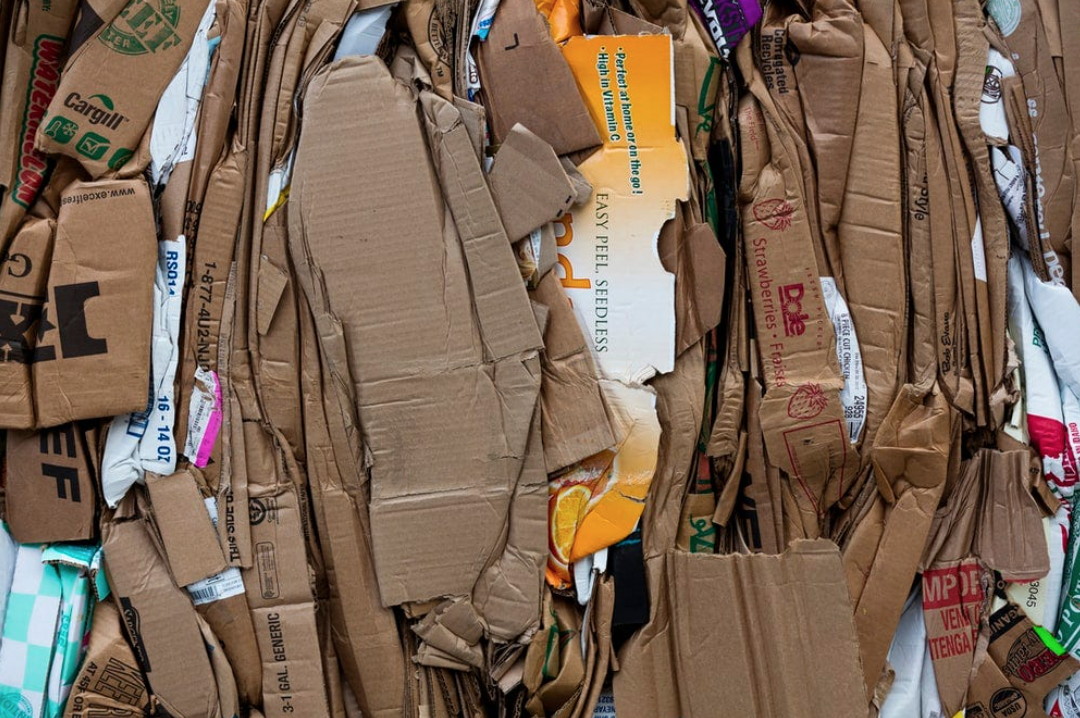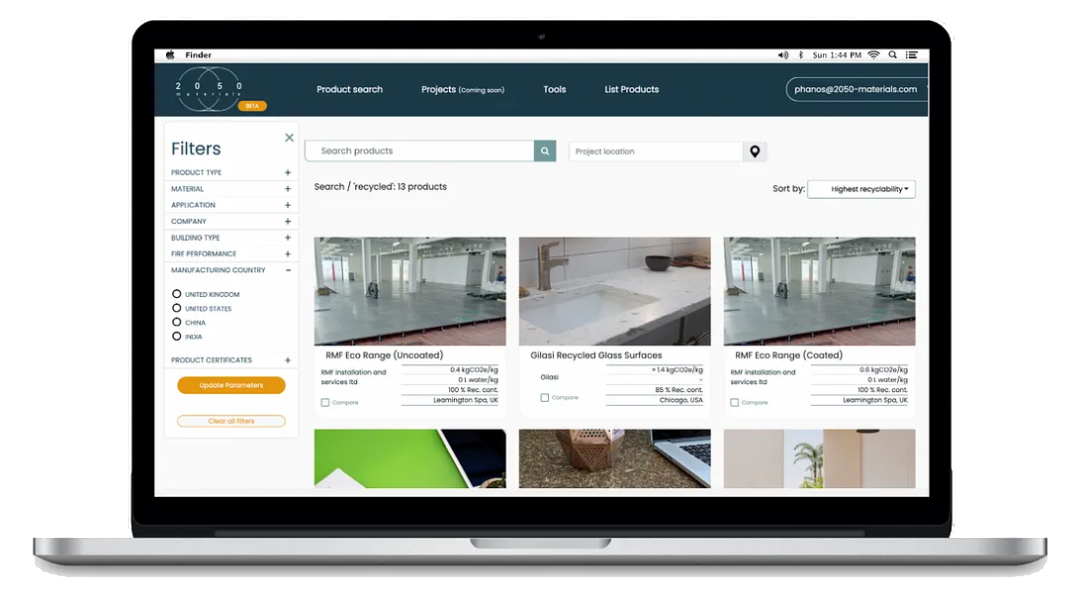EU Green Deal product regulations — What it means for design and construction
The European Commission (“EC”) presented a package of measures on the 30th of March 2022 intended to make sustainable products the norm in the EU, facilitate circular business models and empower consumers to make greener decisions.
The 2050 team took a closer look at the Sustainable Products Initiative (SPI) and the Construction Product Regulation (CPR) revisions and analyzed what it means for architects, and the construction industry as a whole.
Have a read, and let us know what you think.
What is the SPI?
The Sustainable Products Initiative (SPI) is a framework regulation comprised of a set of legislative files that aims to boost the circularity of the EU’s single market.
The SPI is unlike other circular economy measures which focus on the end-of-life phase (e.g., avoiding products ending at the landfill). The SPI aims to incorporate sustainability throughout the whole lifecycle of the product, starting at the design phase. Additionally, the SPI will cover more than just energy-related products, IT, textiles, furniture and high-impact products such as steel, cement and chemicals.
What is the goal of the SPI?
These rules ensure that products on the EU market are designed to enable circularity by being repairable, durable, recyclable and free of hazardous chemicals. Other than design, the SPI introduces the use of digital product passports. These “passports” will contain information on the product’s composition, material and chemical properties, and information on their circularity, such as how they can be reused or repaired.

How do hazardous chemicals relate to circularity?
Currently, regulation around hazardous substances is limited. In order to safely reuse and recycle products, hazardous chemicals should not be present. In order to avoid that from happening, they have to be removed from the first product produced.
How does the SPI address this?
Under the SPI, producers have to consider sustainability into the design of products, ensuring they do not contain any substances of concern. This will lead to cleaner material cycles, allowing for safe reuse, repair and remanufacture, as well as recycling at the end of life.
What kind of information could become available under the digital product passport? Who will be able to access it?
The digital product passport will give access to all kinds of sustainability information to any stakeholder using, repairing or re-purposing a product. The digital product passport is an extremely important step towards transparency and enables everyone to make more sustainable choices, starting at the manufacturing stage and finishing at the end-of-life.

Circular buildings are far from being the norm, but the revised Construction Products Regulation takes steps in the right direction.
What does the revised Construction Products Regulation say?
The revised CPR proposal aims to tackle various issues with and modernize the rules in place since 2011. The European Commission recognized the need to create a harmonized framework to assess and communicate the environmental and climate performance of construction products. New product requirements will ensure that the design and manufacture of construction products is based on state of the art to make these more durable, repairable, recyclable, easier to re-manufacture.
Manufacturers will have to provide environmental information about the lifecycle of products, comply with design, manufacturing, packaging and repair obligations and give priority to recyclable and recycled materials. They will also need to prove that the product meets EU requirements by drawing up a declaration of performance and conformity to be affixed to the CE marking.
 “The European Commission recognized the need to create a harmonized framework to assess and communicate the environmental and climate performance of construction products.”
“The European Commission recognized the need to create a harmonized framework to assess and communicate the environmental and climate performance of construction products.”
Finally, the revised Regulation will offer digital solutions — potentially including a construction products database and a DPP — to reduce administrative burdens.
How does this apply to the construction industry?
While the revisions of these regulations are long overdue, they’re steps in the right direction. These measures show that (thankfully) regulators are catching up with the urgency of data transparency and standardization of information around construction products.
Architects, contractors and specifiers overall will soon need to consider some of these parameters before specifying products for their latest project. Additionally, this information will need to be communicated to their clients, who will need to understand why certain choices need to be made.

Book a demo to see how the future of sustainable construction looks like
What is 2050 Materials doing?
We’ve been long-time advocates of transparency, data-standardization and simplicity of information. We are however, not willing to wait for regulations to start offering this information to designers.
Our product database is growing, and that allows us to offer guidance on sustainable construction in a way that we did not think was possible. We are launching a public Beta very soon, and you can now peek into our platform by booking a demo slot here.
Regulations or not, 2050 Materials will always be building software to maximize transparency in the construction industry and enable circular and low-carbon buildings to be built!
Related articles

Climate-Resilient Materials for the Built Environment: A Data-Centred Prime
As climate volatility intensifies, resilience metrics are fast becoming as critical as carbon data in material selection. This article outlines why adaptation is now a design imperative, how materials can be evaluated through a systems lens, and what KPIs project teams should demand. From self-healing concrete to fire-rated façades, we present a structured taxonomy of resilient materials, explain how to embed this intelligence into digital design workflows, and propose next steps for specification, benchmarking, and procurement.
Read more
The Most Interesting Low Carbon Products in Office Design
In this article and collection, we highlight 11 outstanding products that contribute to a lower carbon footprint in office design.
Read more
Top Low Carbon Building Boards: Performance, Benefits, and Use Cases
The building boards highlighted in this article and collection showcase low-carbon innovation in modern construction.
Read more